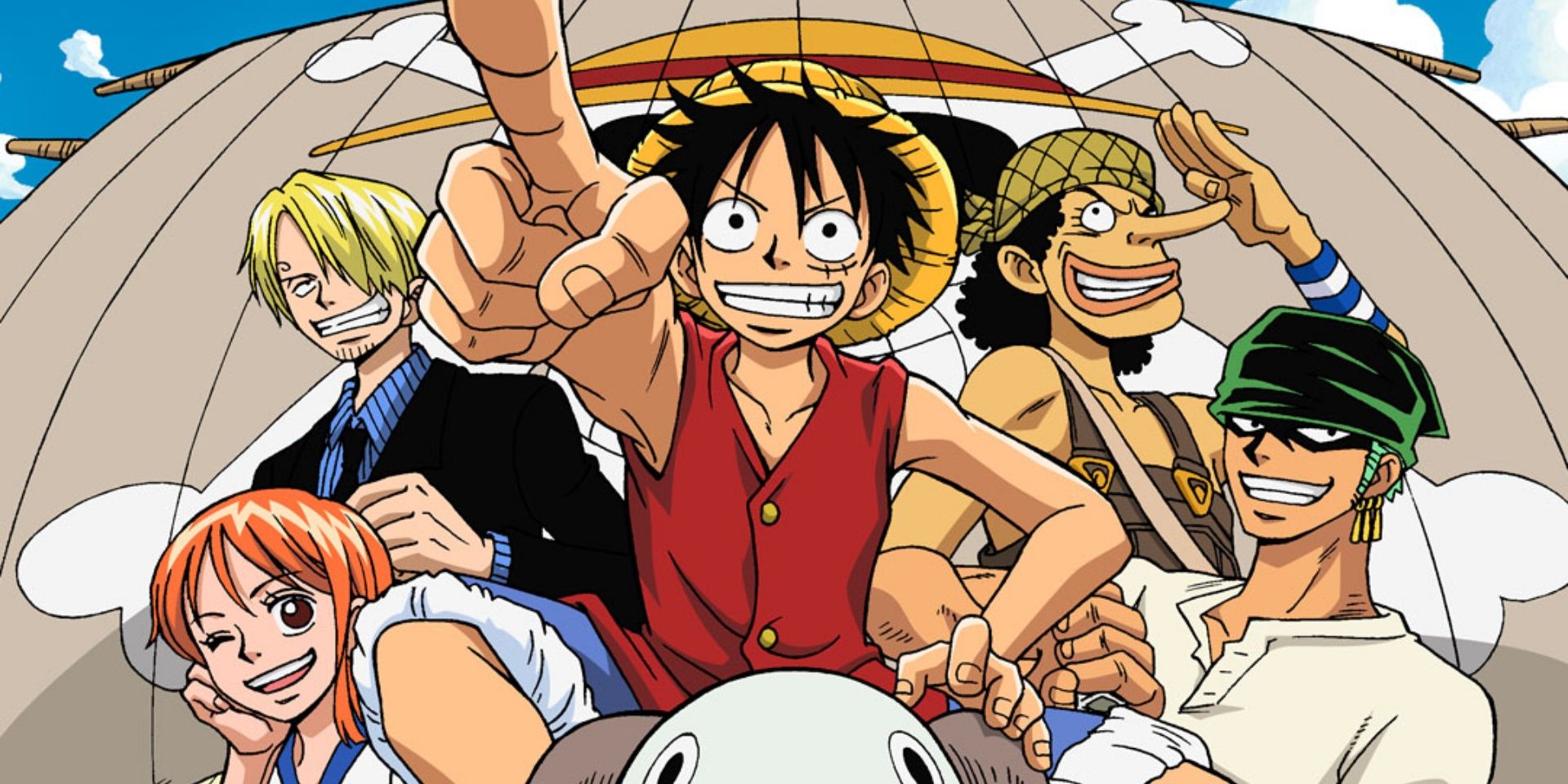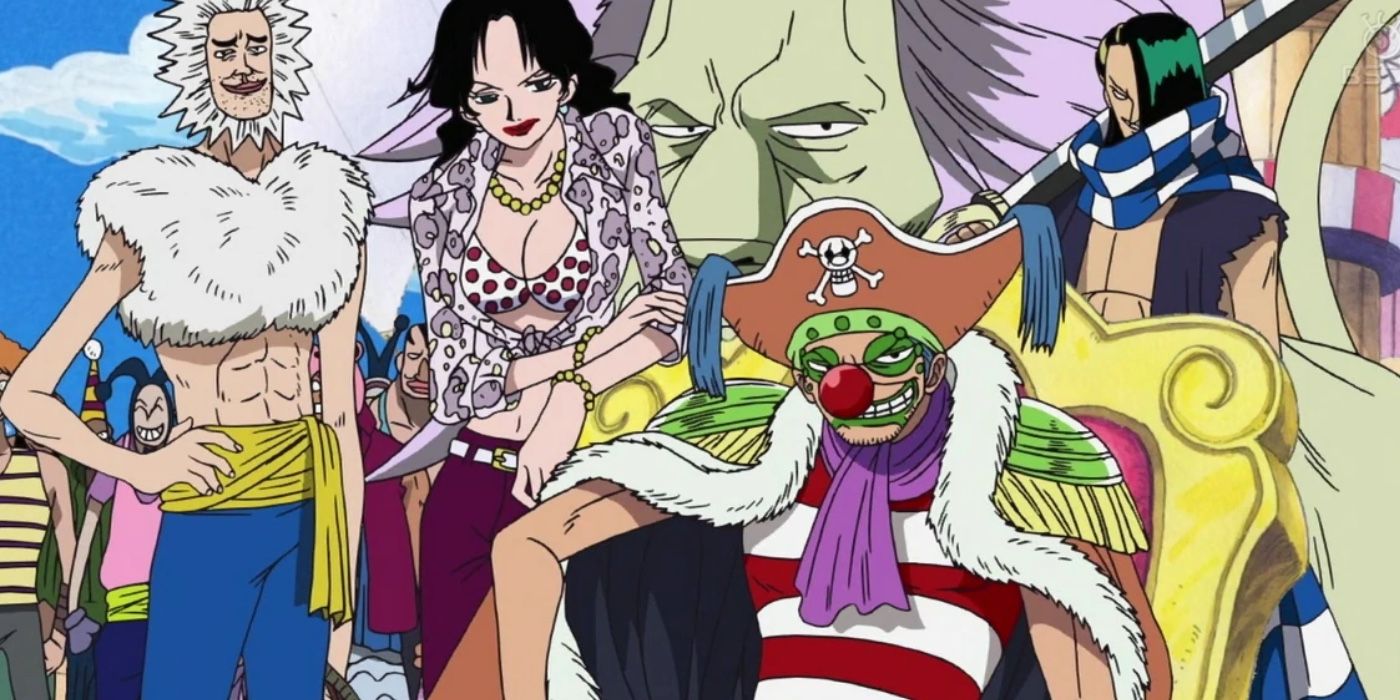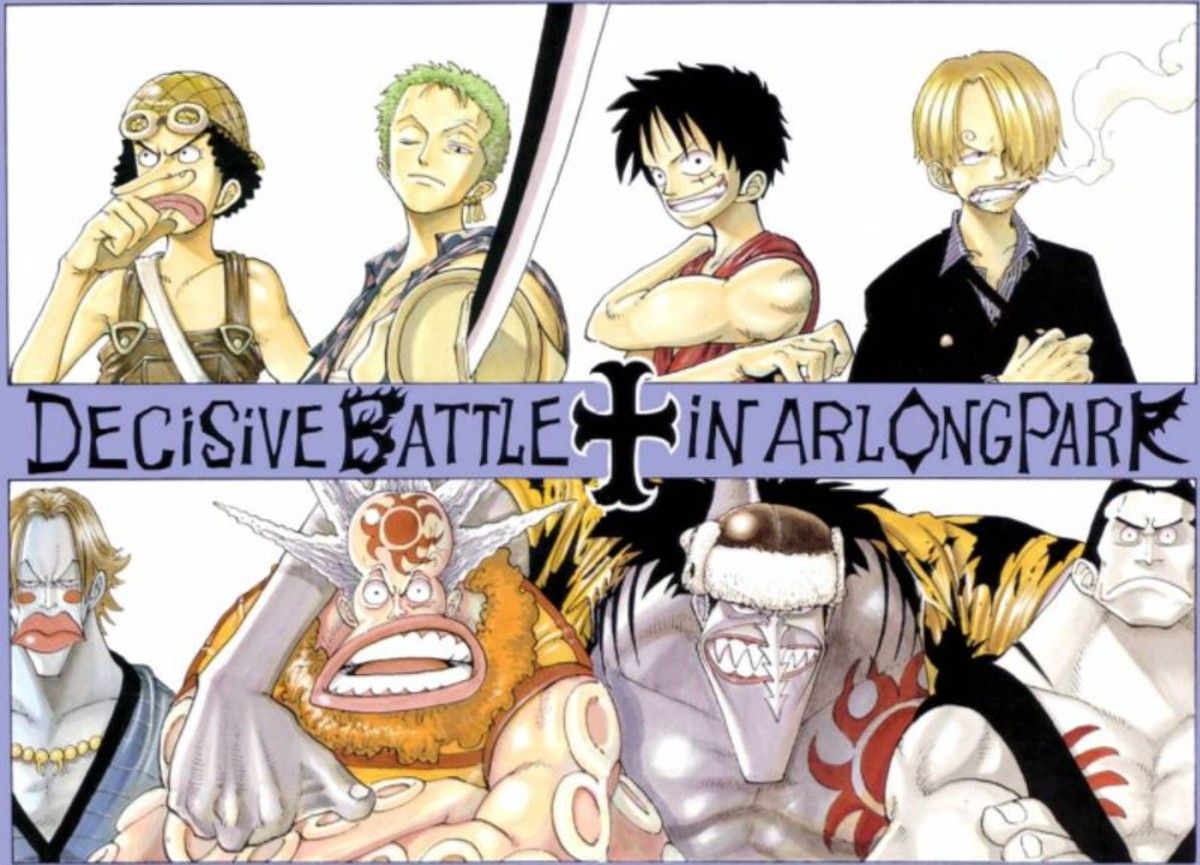One Piece tops the list of franchises that are impossible to translate to live-action due to the absurdism and scale of Eichiro Oda’s world. A manga series counting over 1050 chapters could make for heavy long-term investments for any studio. As it stands, fans already slander any changes the anime makes to the manga visual canon, so the Netflix live-action One Piece adaptation has an uphill battle to gain a positive reception.
Netflix hired show runners Matt Owens and Steven Maeda to helm their most ambitious live-action anime adaptation. One Piece is a multi-billion dollar franchise that brings with it an enormous and heavily opinionated fandom. Matt Owens is doing his best to connect the fandom to this brave undertaking by directly participating in the long-running YouTube Reverie -- a gathering of passionate and informed One Piece creators. The group has also handled the release of information intelligently by limiting what they share as they refine their final product.
Limiting what is shared before the studio has a final cut will continue to save the series from some unnecessary criticisms. Netflix’s first proper teaser controlled what we saw ideally by not selling any of the images as actual footage.
The pictures of the sets were inspiring since they showed a commitment to constructing this world. Sharing concept art helped enrich these partially built sets to hint at a surprisingly accurate rendering of Oda’s vision. This first season will showcase how Netflix will handle the absurdity.
The goal for the first season is to cover the East Blue Saga, or the first 100 chapters of the manga. Completing this saga means the show will contain the red-nosed pull-apart clown named Buggy, Arlong, an enormous Fishman with a long saw nose, and any number of Luffy’s absurd techniques with his rubbery body. Rendering any of this into live-action and not falling prey to the campy aspects of some effects-heavy productions will be daunting. The other live-action anime adaptations didn’t require this level of special effects and still fell short in l la fan reception.
Cowboy Bebop was dead before Netflix could release it due to vocal and harsh fan backlash. Changes that messed with the nostalgic ties to the series were poorly received, and the show even garnered multiple petitions for its cancellation. Death Note floundered as well. The actor choices were appropriately ripped for flat acting and miscasting. And the changes made to Light and L were unforgivable as they altered core aspects of the characters. Heavy-handed changes that ignore the source material are examples of unwelcome changes in adapting anime to live-action.
Changing the core aspects of characters is a quick path to being blocked by fans. If the characters appear as genuine renditions of themselves through their attributes, dreams, and morality, there is a higher likelihood of positive reception. Gaining this reception could even offset detriments from changes made due to casting choices and physical limitations. There will always be those that will criticize the adaptation no matter how well the source material translates; it’s a dark byproduct of passionate fandoms.
Casting announcements and actor reactions convey optimism and passion for the story, but similar fan led productions have stumbled before, namely, the Wheel of Time television series. Sadly, the darkest side of fandom has already reared its head, with people slandering the casting choice for Nojiko due to skin color.
Seeing this undo hate is disheartening, especially when the actress is talented and excited about the opportunity. Unfortunately, this kind of hateful reaction adds a bit of salt to the positive news from this production. The coming months will tell how steady of footing Netflix’s One Piece adaption stands on before launching.
While plenty is going favorably for this adaptation, the pressure to release something high quality due to the global popularity of the franchise is enormous. The likelihood this will rival the success of the manga or anime is slim, but it may at least act as a gateway for reluctant viewers to experience Oda’s masterwork.





